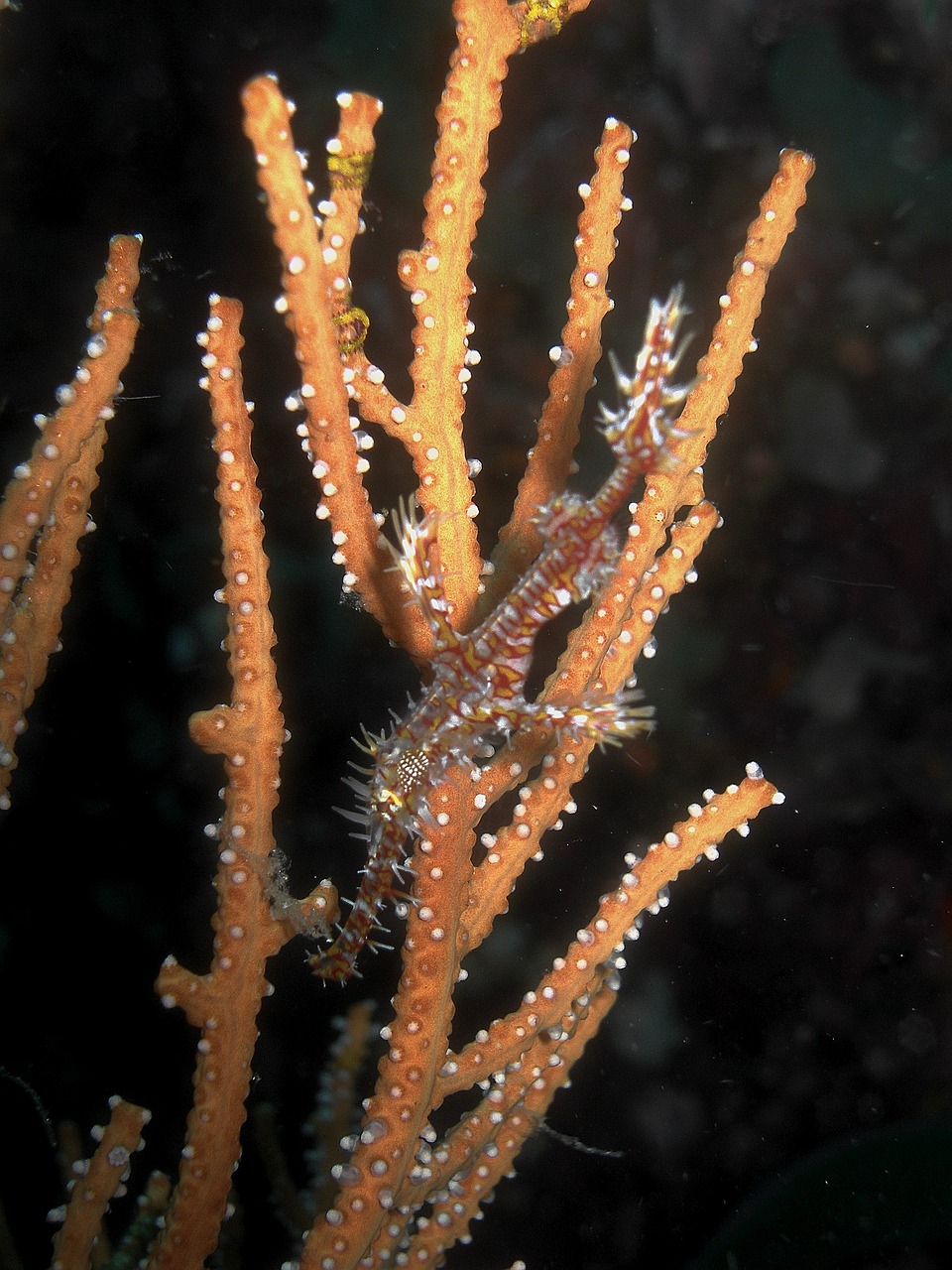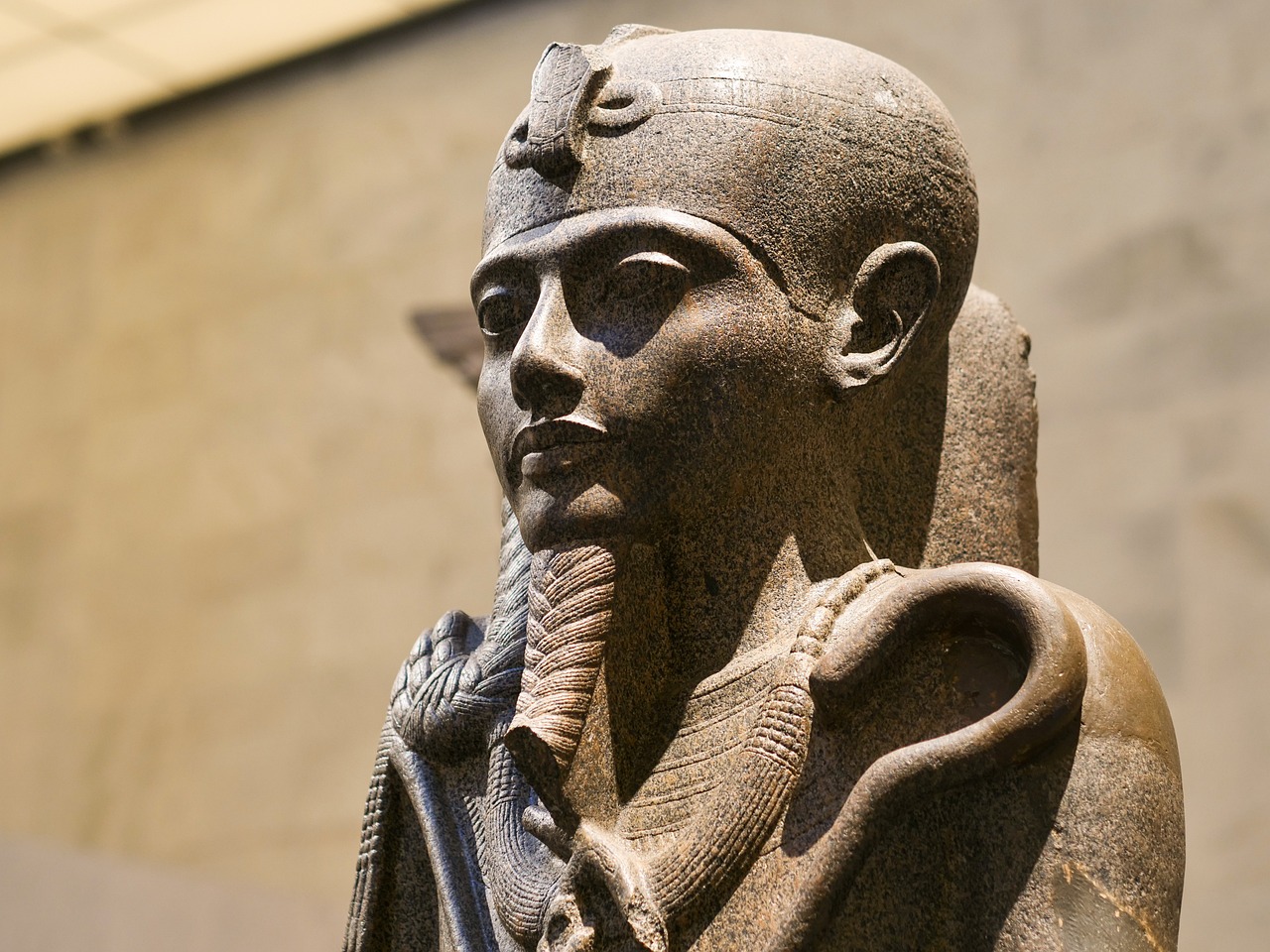Egyptian Mythology
-
This week, I delve into the intriguing figure of the goddess Neith. My fascination with her began during my university studies, particularly when I was tasked with an assignment focused on ancient Egyptian mythology. Throughout my academic journey, I discovered a keen interest in themes related to gender, funerary practices, and mythology. Given this backdrop,…
-
Dukkah is a delightful blend that nut enthusiasts will absolutely adore! This Egyptian mixture of nuts and spices can enhance various dishes or, as I love it best, be enjoyed simply with olive oil for dipping bread. I have a strong appreciation for Middle Eastern cuisine, and while dukkah joins my collection of recipes here,…
-
In the worldview of the Ancient Egyptians, their deities were complex entities rather than simple figures confined to one role. Taking Ptah as an example, his identity extends beyond being merely the “creator as craftsman,” a description highlighted in prior discussions. While this role is paramount, Ptah’s character encompasses a variety of other associations and…
-
Apophis: The Great Serpent in Ancient Egyptian Mythology Apophis, known in ancient Egyptian culture as Apep, symbolizes the Great Serpent and stands as the nemesis of the sun god Ra. In this religious context, Ra’s heavenly vessel traverses the sky from dawn until dusk, subsequently descending into the underworld. However, during this nighttime journey, Apophis…
-
Statuette of Taweret: A Symbol of Protection in Ptolemaic Egypt The statuette likely depicts Taweret, a goddess revered for her protective role during childbirth and the safeguarding of expectant mothers. This powerful figure draws upon a blend of human and animal characteristics, incorporating elements from hippos, crocodiles, and lions to create a formidable image meant…
-

Life in ancient Egypt revolved significantly around the annual flooding of the Nile and the consequent fertility it endowed upon the land. It is thus evident that these vital elements are woven into the fabric of Egyptian spirituality through the figure of the crocodile god, Sobek. Initially perceived as a local deity, Sobek’s influence surged…
-

In exploring Ancient Egyptian deities, the topic of moon gods is often overshadowed by their sun counterparts. Thoth, initially recognized as the chief moon god, gradually evolved into a broader symbol of wisdom and time, leading to Khonsu assuming the moon deity role. Later, during the Late Period, Iah emerged similarly, as Khonsu’s identity shifted…
-
Imhotep: The Architect and Polymath of Ancient Egypt Imhotep, known in Greek as Imouthes, flourished around 2667-2600 BCE and stands out as one of ancient Egypt’s most remarkable figures. Renowned primarily as the architect behind King Djoser’s Step Pyramid in Saqqara, his name translates to “He Who Comes in Peace.” He holds the unique distinction…
-
Seshat: The Egyptian Goddess of Writing Seshat, also known as Sefkhet-Abwy and Seshet, holds the prestigious title of the Egyptian goddess of writing and record-keeping. Her name translates to “female scribe,” and she is often depicted as a woman adorned with a leopard skin over her robe, complemented by a distinctive headdress featuring a seven-pointed…
-
In Ancient Egypt, not every deity enjoyed the grandeur of huge temples, state-sponsored cults, or legends of cosmic creation. Some gods were more intimately connected with daily life, such as Bes and Taweret, who were often called upon by households for protection. Meretseger is a goddess who occupied a unique position—worshipped by everyday individuals, yet…


